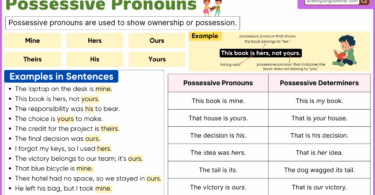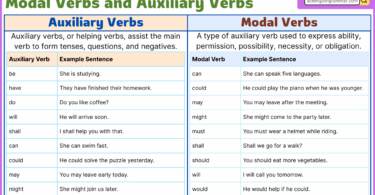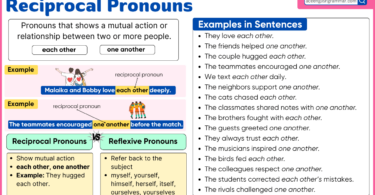An absolute possessive pronoun shows ownership without needing a noun after it. Many learners confuse it with possessive adjectives like my or his. However, words like mine, yours, hers, ours, and theirs stand alone in a sentence. Understanding absolute possessive pronouns helps improve clarity in writing and speaking. This blog post helps learn absolute possessive pronouns with definitions, rules, and examples to strengthen your grammar skills.
An absolute possessive pronoun is a type of pronoun that shows ownership and can stand alone without a noun. These pronouns eliminate the need to repeat the noun they replace.
The blue bag is mine.
This book is hers.
The decision is theirs.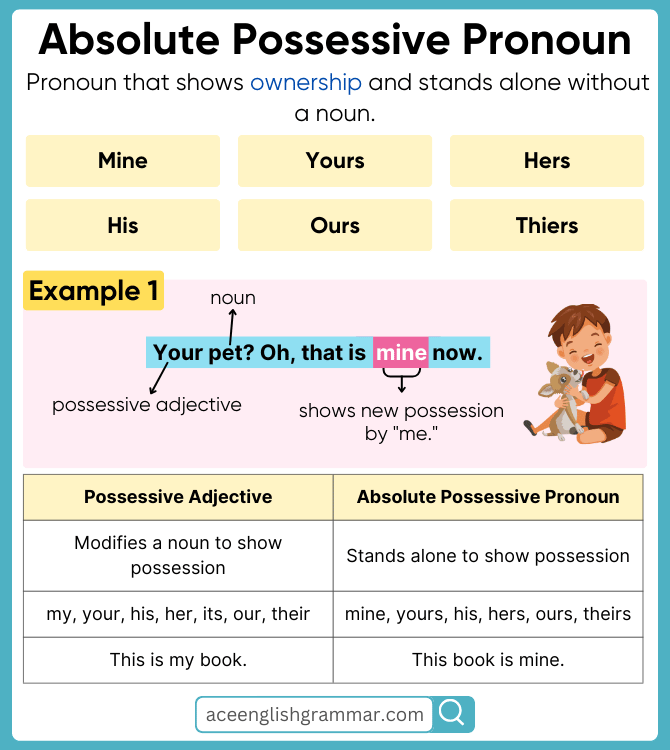
Table of Contents
List of Absolute Possessive Pronouns
Here are the absolute possessive pronouns in English:
- Mine
- Yours
- His
- Hers
- Ours
- Theirs
- Its (rarely used in modern English)
Absolute Possessive Pronoun Examples in Sentences
- This jacket is mine, not yours.
- The responsibility is hers to handle.
- The decision is theirs, and we must respect it.
- These books are ours, so please return them.
- The blame is his, not mine.
- This phone is mine, not yours.
- The final decision is hers.
- This land is ours, and we will protect it.
- Their house is bigger than ours.
- Is this book yours or Fatima’s?
- The victory was theirs, and they celebrated all night.
- This seat is his, but he won’t be coming today.
- You can take any pen; that one is mine.
- The responsibility is hers, and she must handle it wisely.
- That idea was yours, so you should present it.
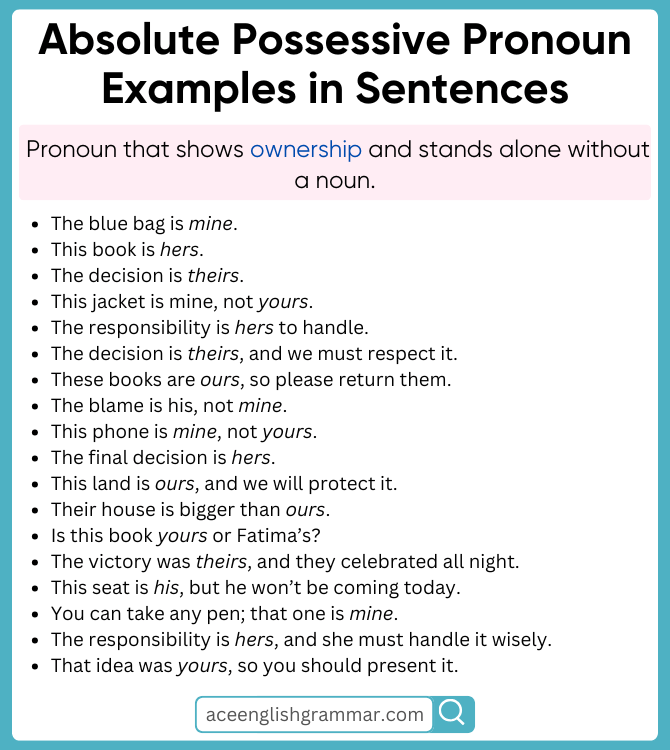
Absolute Possessive Pronouns vs. Possessive Adjectives
| Feature | Absolute Possessive Pronouns | Possessive Adjectives |
|---|---|---|
| Function | Stand alone | Modify a noun |
| Example | The phone is mine. | This is my phone. |
| Position | Used alone in a sentence | Always followed by a noun |
Absolute Possessive Pronouns vs. Possessive Determiners
| Feature | Absolute Possessive Pronouns | Possessive Determiners |
|---|---|---|
| Definition | Stand alone to show ownership | Modify a noun to indicate possession |
| Placement | Used alone (no noun after) | Always before a noun |
| Examples | mine, yours, his, hers, ours, theirs | my, your, his, her, its, our, their |
| Example Sentence | This bag is mine. | This is my bag. |
Rules for Using Absolute Possessive Pronouns
- Do not use them with a noun.
- ❌ Incorrect: This is mine book.
- ✅ Correct: This book is mine.
- Use them for clarity and emphasis.
- Example: “The seats in the front row are ours.”
- Avoid redundancy.
- ❌ Incorrect: “That bag is hers bag.”
- ✅ Correct: “That bag is hers.”
Why Absolute Possessive Pronouns Are Important in English?
Absolute possessive pronouns simplify sentences and prevent repetition. They also help in making speech and writing more natural and fluent.
FAQs
“Its” is rarely used as an absolute possessive pronoun in modern English. Instead, we typically rephrase the sentence for clarity.
“Yours” is an absolute possessive pronoun (e.g., “This book is yours.”)
“Your” is a possessive adjective (e.g., “This is your book.”)
Yes, but it depends on the structure. Example: “Mine is the red one.”
Yes, subject pronouns (I, you, he, she, we, they) do not indicate possession, while absolute possessive pronouns do.
Conclusion
Absolute possessive pronouns play a crucial role in English by preventing redundancy and improving sentence structure. Learning to use them correctly will enhance both written and spoken communication skills. Practice identifying and using absolute possessive pronouns to refine your grammar skills!
Read More

